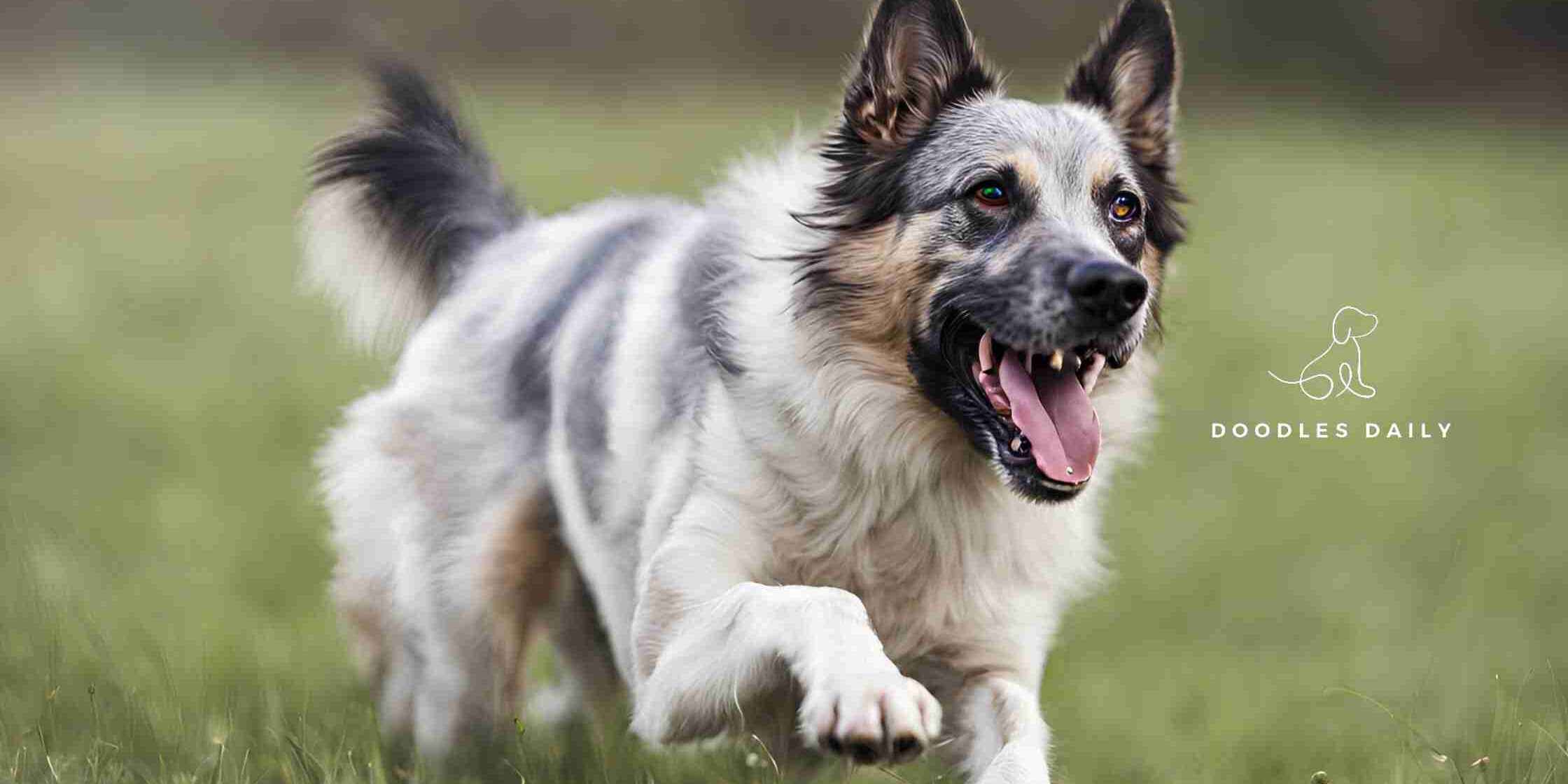Every dog has a unique personality, shaped by a multitude of factors. Understanding these traits is crucial for prospective dog owners. Let’s take a closer look at the most aggressive dog breeds, what makes them prone to aggressive behavior, and how to deal with aggression in dogs. We’ll also discuss the role of size and age in aggression and what to consider before adopting a potentially aggressive dog.
Key Takeaways:
- Understand Dog Aggression: Dogs display aggression due to fear, dominance, and genetics. Owners must grasp these factors.
- Breed-Specific Aggression: Breeds like Rottweilers and Pit Bulls may be more prone to aggression, but proper training and socialization can manage these tendencies.
- Managing Aggressive Behavior: Deal with aggression through positive reinforcement training, socialization, and professional guidance.
- Complex Aggression Factors: A dog’s aggression is influenced by size, age, fear, and pain, making it a multifaceted issue.
- Adopting Aggressive Breeds: Thorough research, socialization, training, recognizing aggression signs, and safety precautions are essential for those considering aggressive breeds.
Aggression in Dogs
As a dog owner, understanding aggression is crucial. Aggression, a natural behavior in all animals, can be dangerous to humans and other animals when it comes to dogs.
Defining Aggression
Dog aggression is any behavior intended to cause harm or injury to another living being, including lunging, snarling, growling, and biting. Factors such as fearfulness, dominance, and genetics contribute to aggression.
Causes of Aggression
Various factors, such as fearfulness and a dominant personality, can cause aggression in dogs. Genetics also play a role, with certain breeds more prone to aggressive behavior. It’s crucial to note that not all aggressive behavior is the same, as some dogs display reactive aggression in response to a perceived threat, while others exhibit proactive aggression to achieve specific goals.
In conclusion, aggression in dogs is a complex behavior caused by a variety of factors. Dog owners must understand these causes and take preventive steps. Providing proper training, socialization, and care can help reduce the risk of aggressive behavior in your furry friend.
Most Aggressive Dog Breeds
If you’re looking for a dog that can provide you with protection, you may want to consider one of the most aggressive dog breeds. These dogs are known for their strength, loyalty, and ability to protect their owners. However, it’s important to note that aggression can be a result of poor training and socialization.
Rottweilers
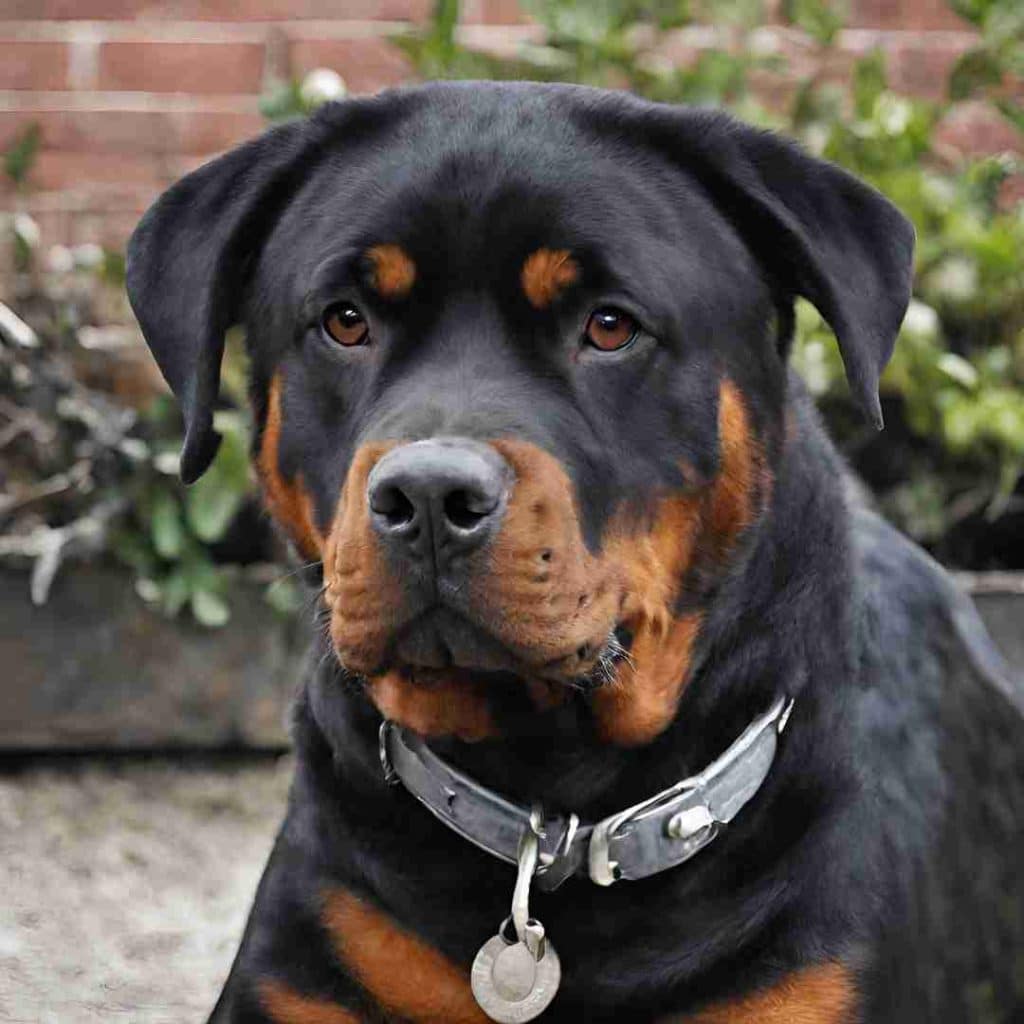
Rottweilers are known for their loyalty and protective nature. They are one of the most popular guard dogs and have been used by law enforcement for many years. They are powerful dogs with a muscular build and a strong bite. Proper training and socialization are crucial for this breed to prevent aggression.
German Shepherds
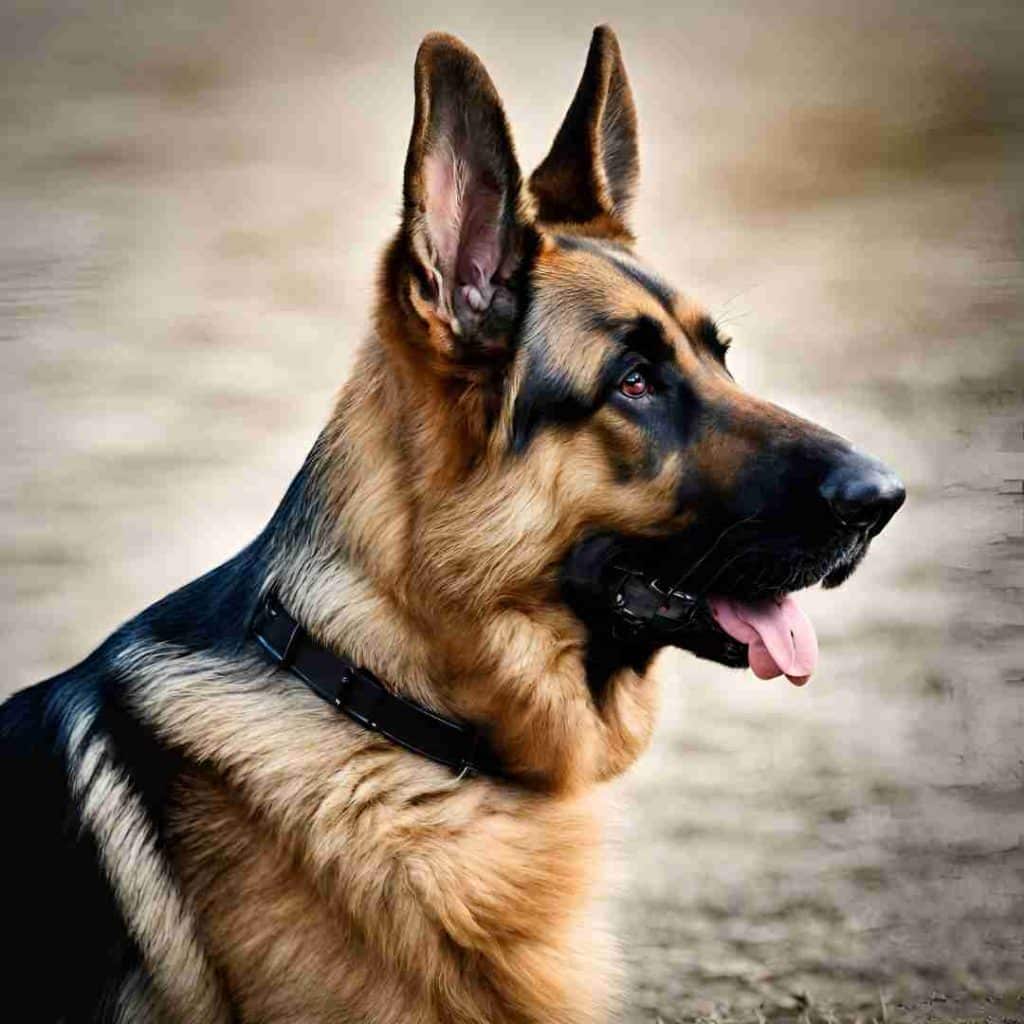
German Shepherds are another breed that is commonly used in law enforcement. They are known for their intelligence, loyalty, and protective nature. They are highly trainable and make great family pets. However, they can become aggressive if not properly socialized and trained.
Pit Bulls
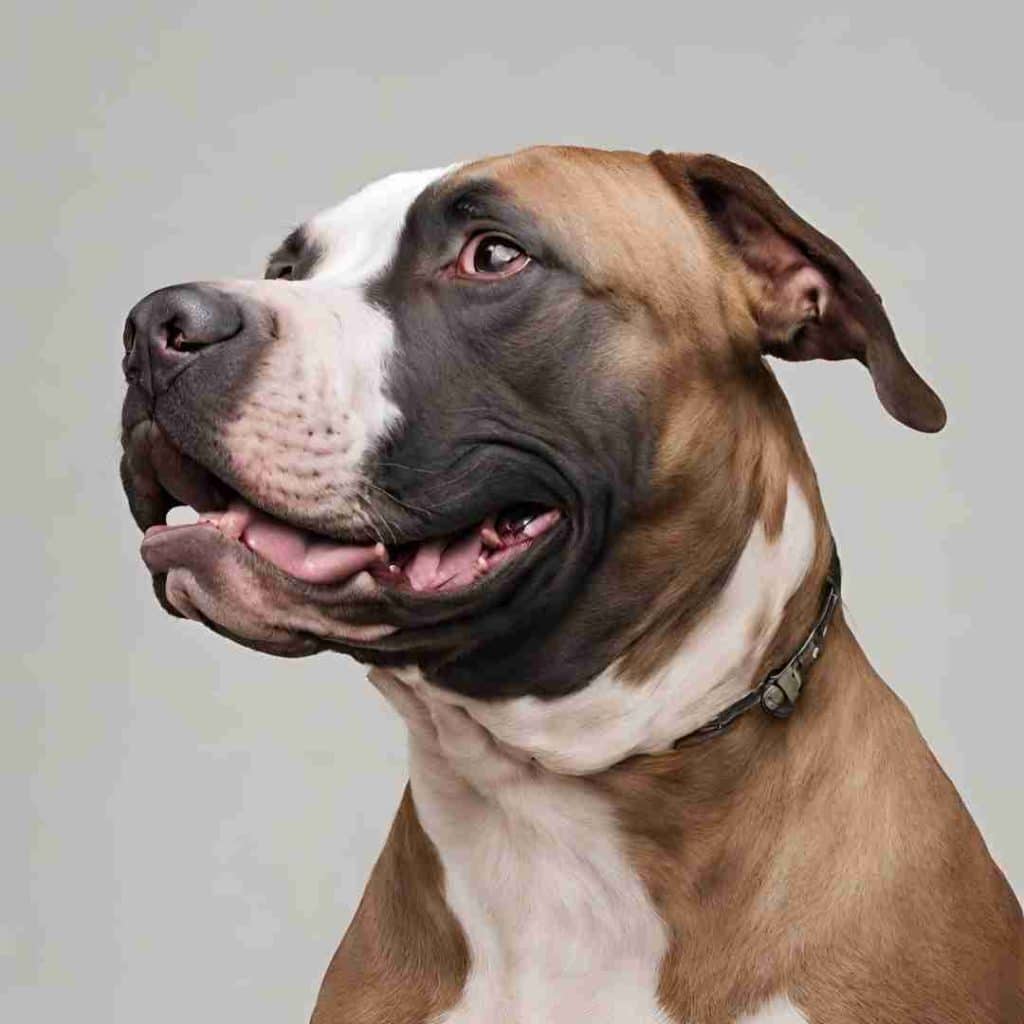
Pit Bulls are often considered one of the most dangerous dog breeds. However, this is largely due to poor breeding and training. When properly trained and socialized, Pit Bulls can be loyal and loving pets. It’s important to note that some cities and states have breed-specific legislation that prohibits or restricts ownership of Pit Bulls.
Chihuahuas
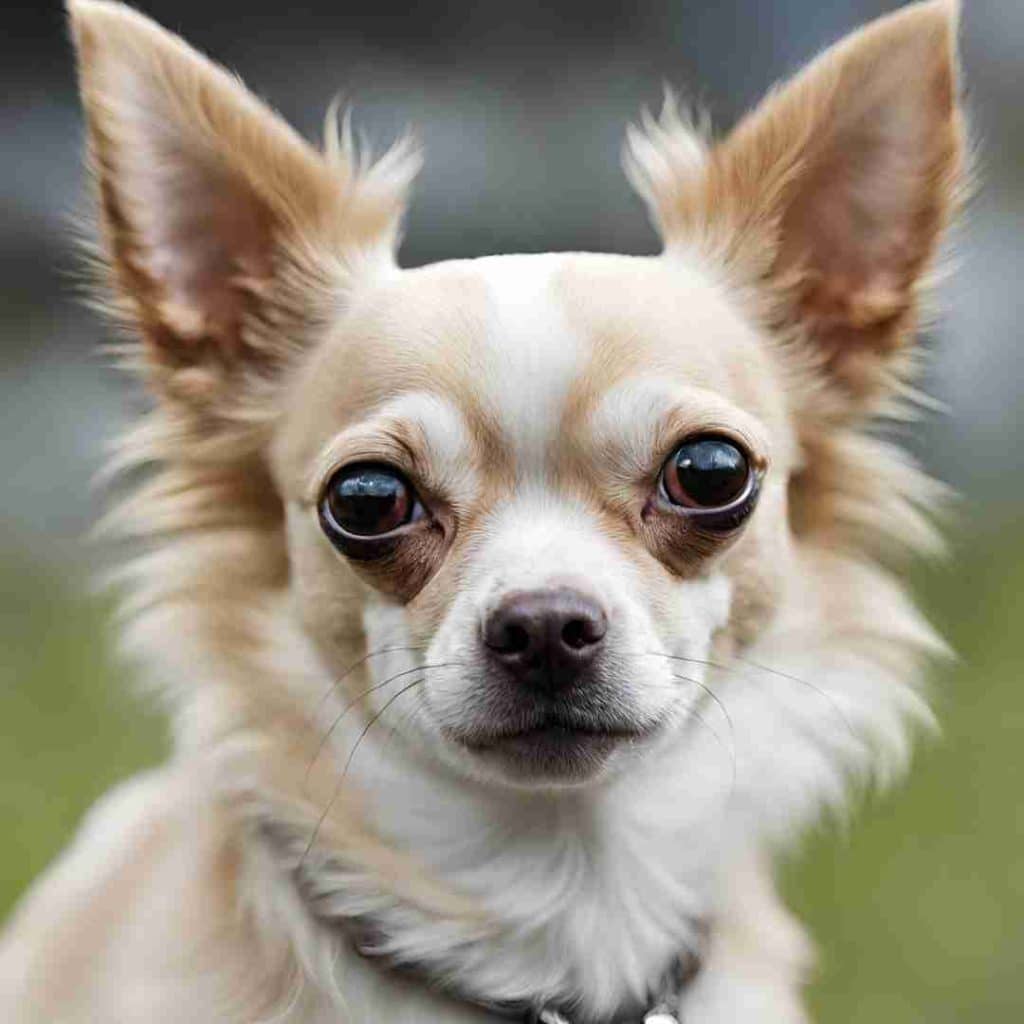
While Chihuahuas are small in size, they can be surprisingly aggressive. They are known for their feisty and protective nature. However, proper training and socialization can help prevent aggression in this breed.
Akita Inu
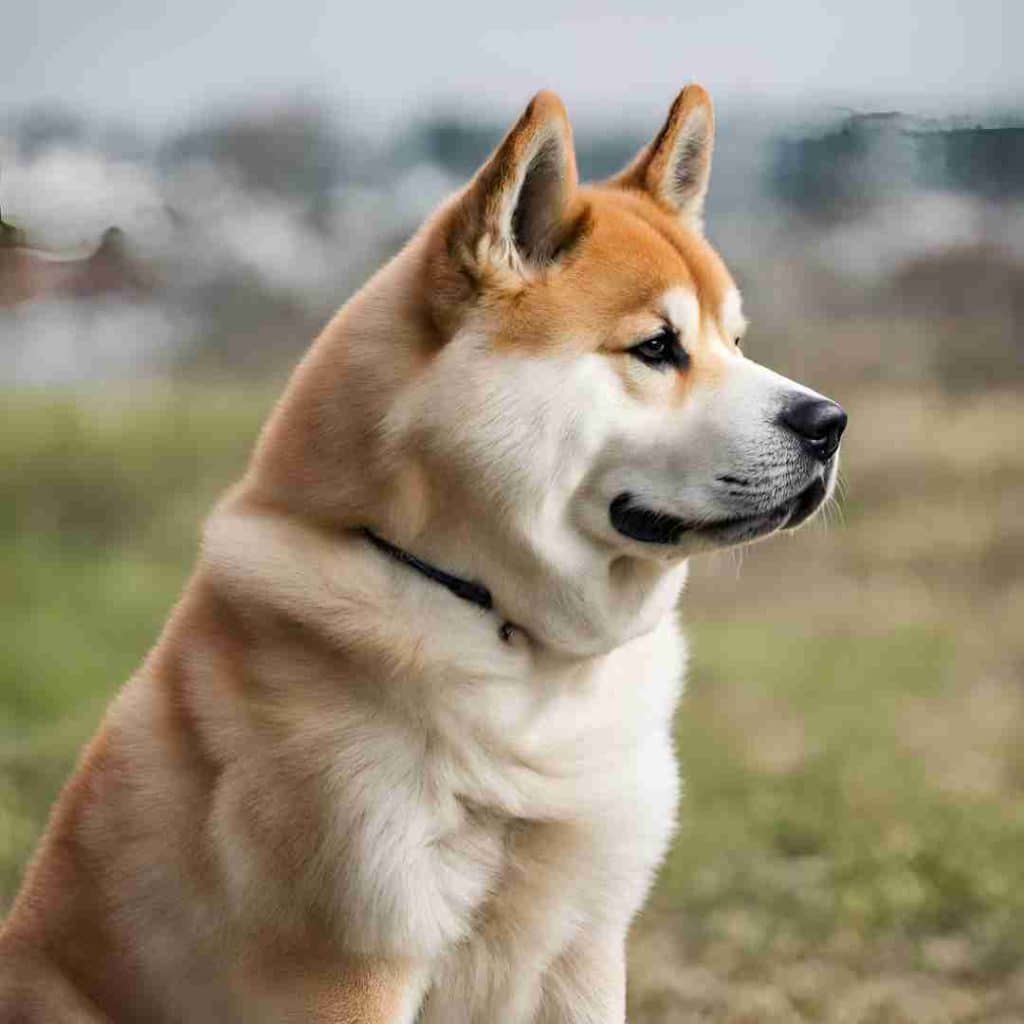
Akitas are a large breed that originated in Japan. They are known for their loyalty and protective nature. They are often used as guard dogs and can be aggressive towards strangers. Proper training and socialization are crucial for this breed to prevent aggression.
Overall, it’s important to remember that aggression in dogs is often a result of poor training and socialization. These breeds can make great pets with proper care and attention. However, it’s important to do your research and choose a breed that is suitable for your lifestyle and living situation.
Dealing with Aggressive Behavior
Dealing with aggressive behavior in dogs can be a challenging task, but it is not impossible. Proper training and socialization are crucial in preventing aggressive behavior in dogs. Here are some techniques that you can use to deal with aggression in dogs:
Training Techniques
Training your dog is the best way to prevent aggressive behavior. Positive reinforcement techniques such as rewarding good behavior and ignoring bad behavior can be effective in training your dog. You can also use clicker training to teach your dog new behaviors. It is important to be consistent with your training and to use the same commands and rewards every time.
When training an aggressive dog, it is important to work with a professional trainer who has experience dealing with aggressive behavior. A professional trainer can help you identify the root cause of your dog’s aggression and develop a training plan to address it.
Socialization
Socialization is another important factor in preventing aggressive behavior in dogs. Socializing your dog from a young age can help them learn to interact with other dogs and people in a positive way. It is important to expose your dog to a variety of different environments and situations so that they can learn to adapt to new experiences.
Proper socialization can also help your dog become more confident and less fearful, which can reduce the risk of aggressive behavior. If your dog is already showing signs of aggression, it is important to work with a professional trainer to develop a socialization plan that is safe and effective.
In addition to training and socialization, it is also important to have your dog undergo temperament testing. This can help you identify any underlying issues that may be contributing to your dog’s aggressive behavior. With the right training and socialization, most aggressive dogs can learn to become well-behaved and obedient pets.
Role of Size and Age in Aggression
When it comes to aggression in dogs, size and age are two important factors to consider. Larger dogs are often perceived as more aggressive, and this perception is not entirely unfounded. According to a study conducted on dog aggression, the odds of aggression in dogs increased with size and breed.
However, it’s important to note that size alone is not the only factor that determines a dog’s aggression. Other factors such as fear, pain, and sex may also play a role. In fact, the same study found that fear was a significant predictor of aggression in dogs. Dogs that are fearful are more likely to show aggression towards humans and other animals.
Age is another important factor to consider when it comes to aggression in dogs. Older dogs are more prone to aggression than younger dogs, according to the same study. However, the relationship between age and aggression is not entirely straightforward. Some studies have shown inconsistent results, suggesting that there may be other factors at play.
Overall, it’s important to remember that aggression in dogs is a complex issue that cannot be attributed to any one factor. While size and age may play a role, it’s important to consider other factors such as breed, sex, fear, and pain when evaluating a dog’s potential for aggression. By understanding these factors and taking steps to address them, you can help prevent dog aggression and ensure the safety of both your dog and those around them.
Adopting a Potentially Aggressive Dog
Adopting a dog can be a wonderful experience, but it comes with responsibilities. If you are considering adopting a potentially aggressive dog breed, it is important to understand the risks and take necessary precautions to ensure the safety of both the dog and humans.
Firstly, it is crucial to research and understand the breed’s temperament before adopting. Aggressive dog breeds like the German Shepherd, Pitbull, and Rottweiler require experienced and confident owners who can handle their strong personalities. Consider consulting with a professional dog trainer or behaviorist to assess if you are the right fit for the breed.
Secondly, socialization and training are key components to prevent aggressive behavior in dogs. Early socialization with other dogs, humans, and different environments can help your dog develop positive behaviors and reduce the risk of aggressive tendencies. Consistent training and positive reinforcement techniques can also help establish boundaries and teach your dog appropriate behaviors.
Thirdly, it is important to understand the signs of aggression in dogs. Growling, barking, and biting are common signs of aggression that should not be ignored. If you notice any of these behaviors in your dog, seek professional help immediately.
Lastly, it is important to take necessary precautions to prevent dog bites. Always supervise your dog around children and other animals. Use a leash and muzzle when necessary, and never leave your dog unattended in public areas.
Adopting a potentially aggressive dog breed comes with responsibilities, but with proper research, socialization, training, and precautions, you can provide a safe and loving home for your furry friend.
Most Aggressive Dog Breeds Overview
When it comes to having a dog, understanding and dealing with aggression is super important. Some dogs, like Rottweilers, Pit Bulls, German Shepherds, Chihuahuas, and Akita Inus, are thought to be more likely to act aggressive. But with good training and making them social, their behavior can be positive. If you’re thinking about getting one of these “tough” dogs, do your research, get some expert help, and commit to teaching them well. That way, you can have a safe and happy home with your dog.
